HSBC 2005 Annual Report Download - page 148
Download and view the complete annual report
Please find page 148 of the 2005 HSBC annual report below. You can navigate through the pages in the report by either clicking on the pages listed below, or by using the keyword search tool below to find specific information within the annual report.-
 1
1 -
 2
2 -
 3
3 -
 4
4 -
 5
5 -
 6
6 -
 7
7 -
 8
8 -
 9
9 -
 10
10 -
 11
11 -
 12
12 -
 13
13 -
 14
14 -
 15
15 -
 16
16 -
 17
17 -
 18
18 -
 19
19 -
 20
20 -
 21
21 -
 22
22 -
 23
23 -
 24
24 -
 25
25 -
 26
26 -
 27
27 -
 28
28 -
 29
29 -
 30
30 -
 31
31 -
 32
32 -
 33
33 -
 34
34 -
 35
35 -
 36
36 -
 37
37 -
 38
38 -
 39
39 -
 40
40 -
 41
41 -
 42
42 -
 43
43 -
 44
44 -
 45
45 -
 46
46 -
 47
47 -
 48
48 -
 49
49 -
 50
50 -
 51
51 -
 52
52 -
 53
53 -
 54
54 -
 55
55 -
 56
56 -
 57
57 -
 58
58 -
 59
59 -
 60
60 -
 61
61 -
 62
62 -
 63
63 -
 64
64 -
 65
65 -
 66
66 -
 67
67 -
 68
68 -
 69
69 -
 70
70 -
 71
71 -
 72
72 -
 73
73 -
 74
74 -
 75
75 -
 76
76 -
 77
77 -
 78
78 -
 79
79 -
 80
80 -
 81
81 -
 82
82 -
 83
83 -
 84
84 -
 85
85 -
 86
86 -
 87
87 -
 88
88 -
 89
89 -
 90
90 -
 91
91 -
 92
92 -
 93
93 -
 94
94 -
 95
95 -
 96
96 -
 97
97 -
 98
98 -
 99
99 -
 100
100 -
 101
101 -
 102
102 -
 103
103 -
 104
104 -
 105
105 -
 106
106 -
 107
107 -
 108
108 -
 109
109 -
 110
110 -
 111
111 -
 112
112 -
 113
113 -
 114
114 -
 115
115 -
 116
116 -
 117
117 -
 118
118 -
 119
119 -
 120
120 -
 121
121 -
 122
122 -
 123
123 -
 124
124 -
 125
125 -
 126
126 -
 127
127 -
 128
128 -
 129
129 -
 130
130 -
 131
131 -
 132
132 -
 133
133 -
 134
134 -
 135
135 -
 136
136 -
 137
137 -
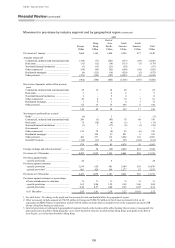 138
138 -
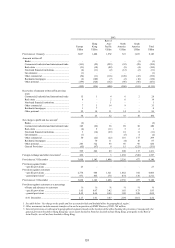 139
139 -
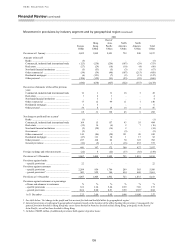 140
140 -
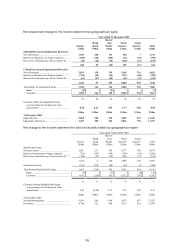 141
141 -
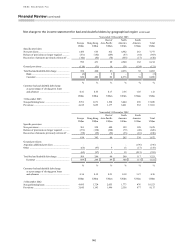 142
142 -
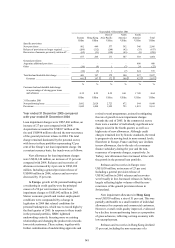 143
143 -
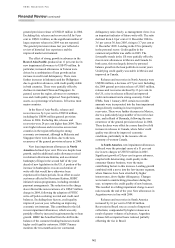 144
144 -
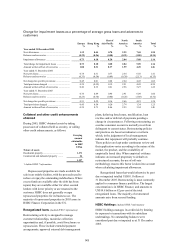 145
145 -
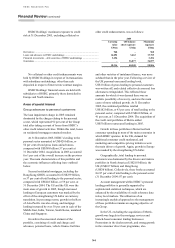 146
146 -
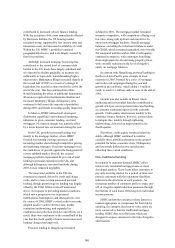 147
147 -
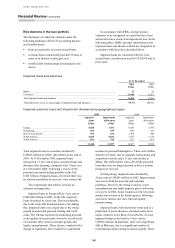 148
148 -
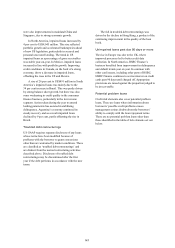 149
149 -
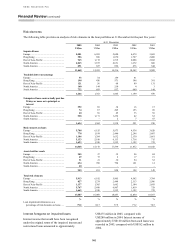 150
150 -
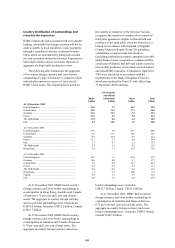 151
151 -
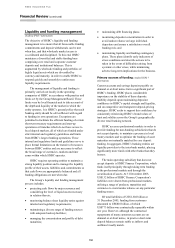 152
152 -
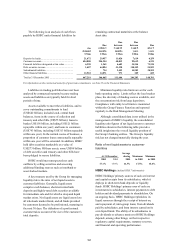 153
153 -
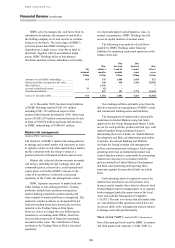 154
154 -
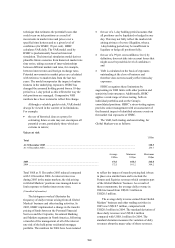 155
155 -
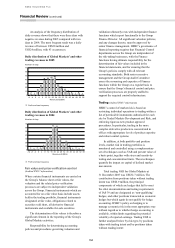 156
156 -
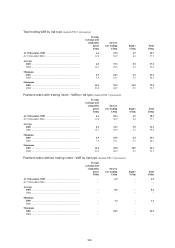 157
157 -
 158
158 -
 159
159 -
 160
160 -
 161
161 -
 162
162 -
 163
163 -
 164
164 -
 165
165 -
 166
166 -
 167
167 -
 168
168 -
 169
169 -
 170
170 -
 171
171 -
 172
172 -
 173
173 -
 174
174 -
 175
175 -
 176
176 -
 177
177 -
 178
178 -
 179
179 -
 180
180 -
 181
181 -
 182
182 -
 183
183 -
 184
184 -
 185
185 -
 186
186 -
 187
187 -
 188
188 -
 189
189 -
 190
190 -
 191
191 -
 192
192 -
 193
193 -
 194
194 -
 195
195 -
 196
196 -
 197
197 -
 198
198 -
 199
199 -
 200
200 -
 201
201 -
 202
202 -
 203
203 -
 204
204 -
 205
205 -
 206
206 -
 207
207 -
 208
208 -
 209
209 -
 210
210 -
 211
211 -
 212
212 -
 213
213 -
 214
214 -
 215
215 -
 216
216 -
 217
217 -
 218
218 -
 219
219 -
 220
220 -
 221
221 -
 222
222 -
 223
223 -
 224
224 -
 225
225 -
 226
226 -
 227
227 -
 228
228 -
 229
229 -
 230
230 -
 231
231 -
 232
232 -
 233
233 -
 234
234 -
 235
235 -
 236
236 -
 237
237 -
 238
238 -
 239
239 -
 240
240 -
 241
241 -
 242
242 -
 243
243 -
 244
244 -
 245
245 -
 246
246 -
 247
247 -
 248
248 -
 249
249 -
 250
250 -
 251
251 -
 252
252 -
 253
253 -
 254
254 -
 255
255 -
 256
256 -
 257
257 -
 258
258 -
 259
259 -
 260
260 -
 261
261 -
 262
262 -
 263
263 -
 264
264 -
 265
265 -
 266
266 -
 267
267 -
 268
268 -
 269
269 -
 270
270 -
 271
271 -
 272
272 -
 273
273 -
 274
274 -
 275
275 -
 276
276 -
 277
277 -
 278
278 -
 279
279 -
 280
280 -
 281
281 -
 282
282 -
 283
283 -
 284
284 -
 285
285 -
 286
286 -
 287
287 -
 288
288 -
 289
289 -
 290
290 -
 291
291 -
 292
292 -
 293
293 -
 294
294 -
 295
295 -
 296
296 -
 297
297 -
 298
298 -
 299
299 -
 300
300 -
 301
301 -
 302
302 -
 303
303 -
 304
304 -
 305
305 -
 306
306 -
 307
307 -
 308
308 -
 309
309 -
 310
310 -
 311
311 -
 312
312 -
 313
313 -
 314
314 -
 315
315 -
 316
316 -
 317
317 -
 318
318 -
 319
319 -
 320
320 -
 321
321 -
 322
322 -
 323
323 -
 324
324 -
 325
325 -
 326
326 -
 327
327 -
 328
328 -
 329
329 -
 330
330 -
 331
331 -
 332
332 -
 333
333 -
 334
334 -
 335
335 -
 336
336 -
 337
337 -
 338
338 -
 339
339 -
 340
340 -
 341
341 -
 342
342 -
 343
343 -
 344
344 -
 345
345 -
 346
346 -
 347
347 -
 348
348 -
 349
349 -
 350
350 -
 351
351 -
 352
352 -
 353
353 -
 354
354 -
 355
355 -
 356
356 -
 357
357 -
 358
358 -
 359
359 -
 360
360 -
 361
361 -
 362
362 -
 363
363 -
 364
364 -
 365
365 -
 366
366 -
 367
367 -
 368
368 -
 369
369 -
 370
370 -
 371
371 -
 372
372 -
 373
373 -
 374
374 -
 375
375 -
 376
376 -
 377
377 -
 378
378 -
 379
379 -
 380
380 -
 381
381 -
 382
382 -
 383
383 -
 384
384 -
 385
385 -
 386
386 -
 387
387 -
 388
388 -
 389
389 -
 390
390 -
 391
391 -
 392
392 -
 393
393 -
 394
394 -
 395
395 -
 396
396 -
 397
397 -
 398
398 -
 399
399 -
 400
400 -
 401
401 -
 402
402 -
 403
403 -
 404
404 -
 405
405 -
 406
406 -
 407
407 -
 408
408 -
 409
409 -
 410
410 -
 411
411 -
 412
412 -
 413
413 -
 414
414 -
 415
415 -
 416
416 -
 417
417 -
 418
418 -
 419
419 -
 420
420 -
 421
421 -
 422
422 -
 423
423 -
 424
424
 |
 |

HSBC HOLDINGS PLC
Financial Review (continued)
146
Risk elements in the loan portfolio
The disclosure of credit risk elements under the
following headings reflects US accounting practice
and classifications:
• loans accounted for on a non-accrual basis;
• accruing loans contractually past due 90 days or
more as to interest or principal; and
• troubled debt restructurings not included in the
above.
In accordance with IFRSs, interest income
continues to be recognised on assets that have been
written down as a result of an impairment loss. In the
following tables, HSBC presents information on its
impaired loans and advances which are designated in
accordance with the policy described above.
Impaired loans are consistent with the ‘non-
accrual basis’ classification used in US GAAP and in
prior years.
Impaired loans and advances
At 31 December
2005
US$m
2004
US$m
Banks .............................................................................................................................................. 22 26
Customers ....................................................................................................................................... 11,446 12,427
Total impaired loans and advances ................................................................................................. 11,468 12,453
Total allowances cover as a percentage of impaired loans and advances ........................................ 99.1% 100.9%
Impaired customer loans and impairment allowances by geographical region
2005 2004
Impaired
loans
Impairment
allowances
Impaired
loans
Impairment
allowances
US$m US$m US$m US$m
Europe ......................................................................... 5,068 3,491 6,039 4,799
Hong Kong .................................................................. 506 399 696 522
Rest of Asia-Pacific ..................................................... 936 836 1,160 940
North America ............................................................. 4,045 5,836 3,875 5,714
South America ............................................................. 891 795 657 567
11,446 11,357 12,427 12,542
Total impaired loans to customers declined by
US$981 million to US$11,446 million at the end of
2005. At 31 December 2005, impaired loans
represented 1.5 per cent of gross customer loans and
advances after grossing, compared with 1.8 per cent
at 31 December 2004. Following a review of the
personal unsecured lending portfolio in the UK,
US$1 billion of impaired loans, for which there was
no realistic possibility of recovery, were written-off.
The commentary that follows is based on
constant exchange rates.
Impaired loans in Europe fell by 5 per cent to
US$5,068 million in 2005. In the UK, impaired
loans decreased by 4 per cent. This was primarily
due to the write-offs mentioned above. Excluding
this, impaired loans rose, in part due to the strong
growth in unsecured personal lending and credit
cards. The UK has experienced weakening personal
credit quality in recent years, driven by record levels
of consumer debt, slower economic growth and
higher unemployment. These factors, coupled with a
change in legislation, have resulted in a significant
increase in personal bankruptcies. There were further
declines in France, due to corporate restructuring and
acquisition activity, and a 21 per cent decline in
Malta. This reflected the write-off of fully provided
loans that were no longer deemed to have a realistic
prospect of recovery.
In Hong Kong, impaired loans declined by
28 per cent to US$506 million in 2005. Improvement
was seen in both the personal and corporate
portfolios, driven by the strong economy, lower
unemployment and stable property prices following
a recovery in 2004. Some weakness in the real estate
market was evident in the fourth quarter, following
successive interest rate rises, but loan quality
remains strong.
Impaired loans, both in absolute terms and as a
proportion of gross advances, declined across most
major countries in the Rest of Asia-Pacific. In total,
impaired balances declined by 19 per cent to
US$936 million. In particular, there were significant
falls in Malaysia, due to a significant number of
restructurings and to strong economic growth. There
